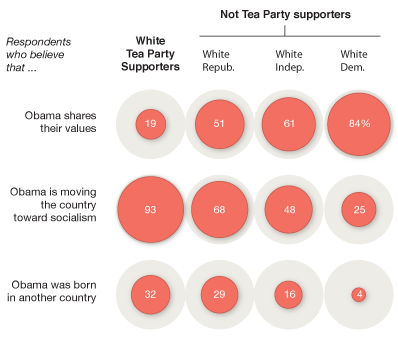Sandbox
Demystifying conditional probability?
Chances are
by Steven Strogatz, New York Times, Opinionator blog, 25 April 2010
Steven Strogatz, an applied mathematics professor at Cornell University, has been writing engaging weekly installments about mathematics for the Opinionator. His post this week is about probability; more specifically, it focuses on conditional probability. Of course, this topic is a notorious source of confusion. (Indeed, this edition of Chance News includes another appearance of the Monty Hall problem, which refuses to stay solved!)
The article presents several famous examples, including the false positive problem in diagnostic medical screening, and the conflicting arguments over spousal abuse and murder at the the O.J. Simpson trial. Strogatz expresses enthusiasm for the approach of Gerd Gigerenzer, a psychologist who has argued that describing such problems in terms of "natural frequencies" rather than conditional probabilities helps people reason more clearly (see, for example, Gigerenzer's article Simple tools for understanding risks: from innumeracy to insight, British Medical Journal 2003; 327:741-744). Essentially, this approach amounts to thinking about the problem in terms of a hypothetical cohort large enough to clear the denominators from the fractions, so one is talking about whole numbers of cases and the ratios become easier to visualize.
Submitted by Bill Peterson, based on a suggestion from Dan Bent (an intro statistics student)
Tea party graphics
A mighty pale tea
by Charles M. Blow, New York Times, 16 April 2010
This article recounts Blow's experience visiting a Tea Party rally as a self-identified "infiltrator." He was interested in assessing the group's diversity. Reproduced below is a portion of a graphic, entitled The many shades of whites, that accompanied the article.
The data are from a recent NYT/CBS Poll.
Submitted by Paul Alper
